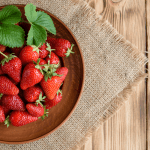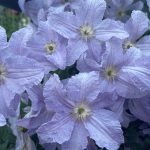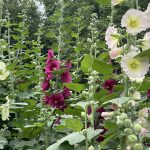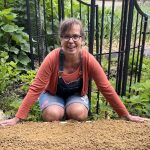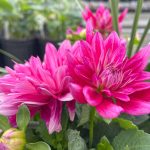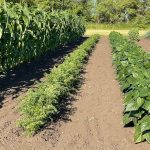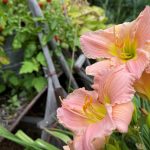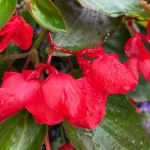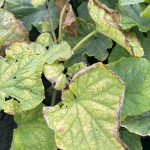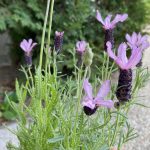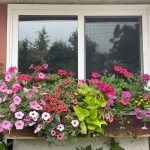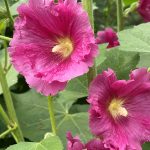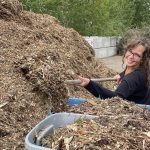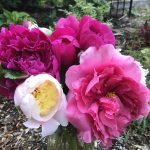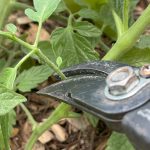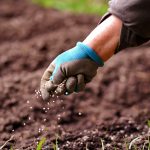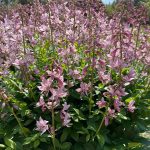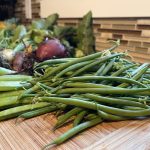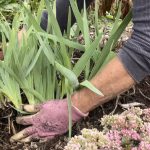Are you a seed collector? I am.
I have a way of amassing an impressive collection of seeds that I purchase each spring, plus I harvest some of my own seeds.
Maybe you’re the same way… let’s talk about how to store seeds so they stay fresh for next spring.
5 Reasons Why Seeds Lose Their Viability

There are 5 basic factors that affect seed efficacy, let’s explore them now:
1. 🕰️ Time
Unfortunately, there’s not much we can do about the passage of time.
Seeds lose their oomph as they age, with most seeds lasting for 1 to 3 years, but after that there are no guarantees.
However, some seeds retain their vigour better than others.
For example, seeds that contain a higher ratio of oil like Alyssum, Lobelia, and Matthiola (Evening Scented Stocks) hold their viability longer than seeds that aren’t oily, like Petunias, Geraniums, Marigolds, and Zinnias.
Label all seed packages with the year of purchase or the year they were harvested to keep track of their age.
2. ☀️ Ultraviolet Light

UV light wears seeds down and diminishes their germination power.
To counteract the negative effects of ultraviolet light, store seeds so they are protected from any light source.
Options for this are to store them in dark paper bags, or in a place like a refrigerator or cold room with the lights turned off.
3. 🔥 Heat
Heat can cause seeds to loose their ability to germinate.
Reducing exposure to heat and storing seeds in a cool place with an ambient temperature around 3 °C (37-38 °F) can slow seeds from degrading.
A few places that can meet this requirement are a refrigerator, a cold room, or a garage.
I store my perennial seeds even colder. Many perennial seeds require an extended period of freezing temperatures, called vernalization, to help initiate germination, so I keep them in the freezer.
4. 💧Exposure to Humidity or Water
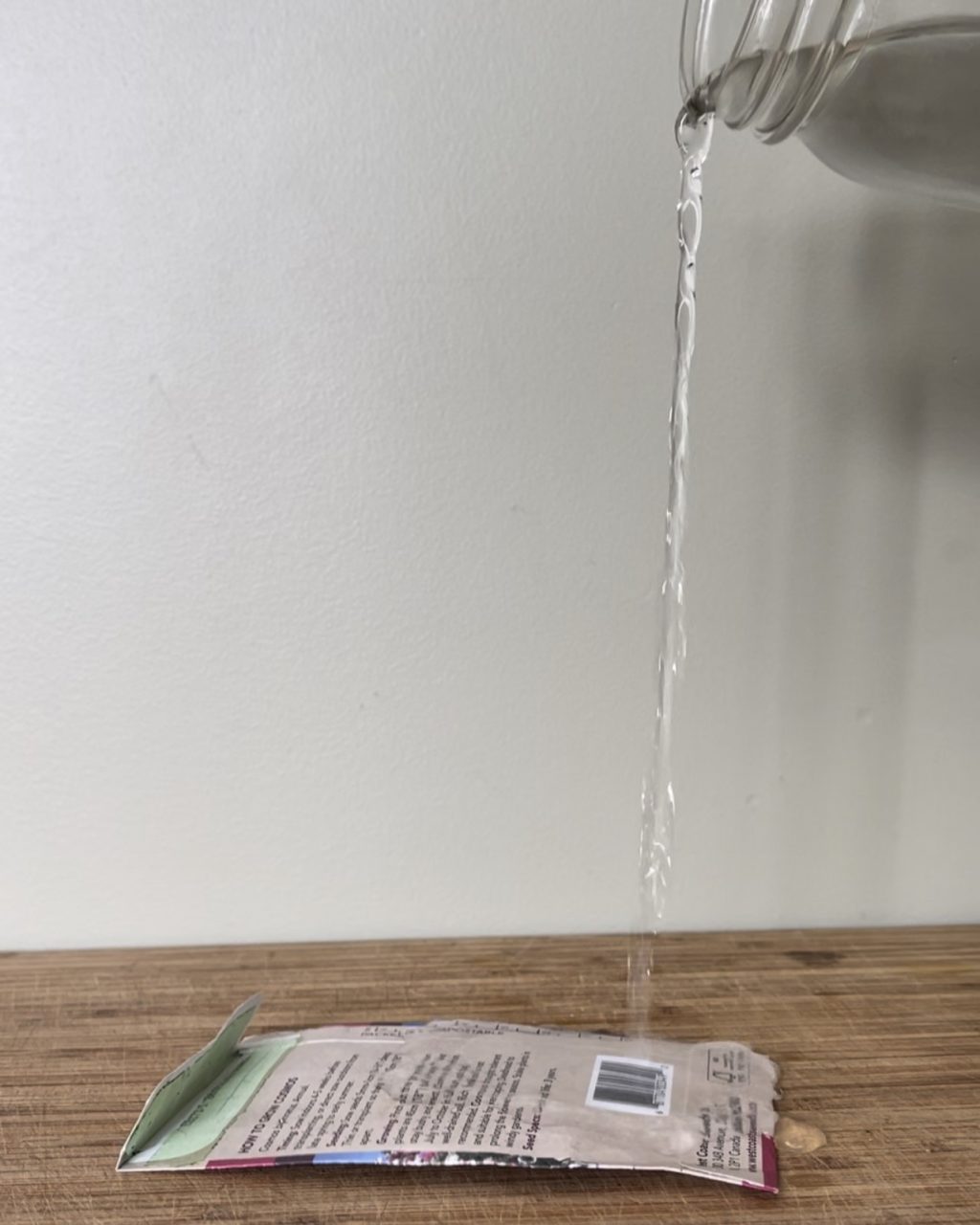
I find it so interesting that water is the magic when it’s germinating time, but when stored seeds come in contact with water or high humidity, they mold.
Store seeds in a safe, sealed place where they aren’t at risk of getting wet.
When drying seeds, never use a microwave oven, as the waves will damage their capacity to sprout.
Dry seeds by spreading them out in a flat pan on paper towels or parchment paper and let them either air dry, or place them in a warm oven at 38 °C (100 °F).
5. 🔨 Physical Damage to the Seed Coat
A seed coat is the outer protective layer that surrounds the seed.
The function of the seed coat is to guard the seed embryo from drying out. When the seed coat gets damaged, this protection is lost and most seeds die.
Store seeds in a place where they are protected from physical damage.
My Favourite Place to Store Seeds

➡️ To sum it up, seeds need to stay in a 🆒cool, 🎆dark, 🏜️dry, 👷♀️protected space.⬅️
Most seeds come in paper and packages that don’t seal, which puts them at risk for light, water, and heat exposure.
Here’s what I do:
I store my harvested seeds in glass jars or Ziplocs.
Next, I place my seeds in a container with a sealed lid to keep them dry and protected from physical injury, and then I store them in the refrigerator to keep them dark and cool ranging at around 3 °C (37-38 °F).
Some people feel that there is too much temperature fluctuation in a refrigerator, but I have never found that to be a problem because they can be store at the back of the fridge where there is little cold variation.
Another option to refrigerator storage is to keep seeds in a cold room, a cool (but not freezing) garage, or any other cool, dry, protected space.
Here’s to Fresh Seeds Next Spring!
If you have any other questions about storing seeds, harvesting seeds from your garden to use next year, or other winter preparation inquiries, sign up for my newsletter for all my up-to-date tips!
©Sharon Wallish Murphy ©Gardening with Sharon




